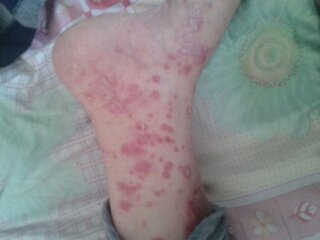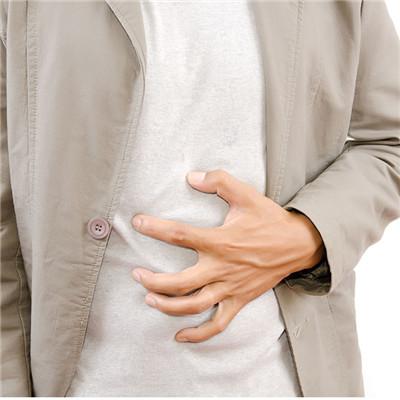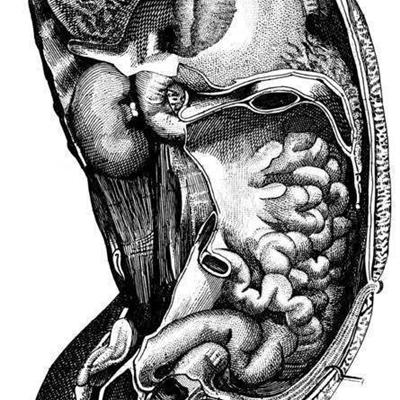What are the common hazards of ectopic pregnancy? Life is in danger
summary
We all know that if women have repeated abortion, the more times of abortion, the greater the probability of ectopic pregnancy. Of course, the cause of ectopic pregnancy is not only abortion, pregnancy in the uterine cavity (about 98% occurred in the fallopian tube) causes more ectopic pregnancy. Now let's take a look.
What are the common hazards of ectopic pregnancy? Life is in danger
First: syncope and shock - due to acute intra-abdominal bleeding, resulting in rapid reduction of blood volume in the circulatory system, coupled with severe abdominal pain, mild syncope, severe pale complexion, cold and wet limbs, rapid and weak pulse, blood pressure drop, medicine called shock.
Second: abortion - complete abortion less bleeding, and incomplete abortion, part of the villi are still retained in the fallopian tube, in a period of time trophoblast can continue to invade the fallopian tube wall, causing repeated bleeding. Because of the poor contractility of the muscle layer of the fallopian tube, the open blood vessels can not be closed, so the bleeding is more.
Third: ectopic pregnancy again - according to the survey, among the women who have had ectopic pregnancy, 10% - 15% will have ectopic pregnancy again, and 50% may be infertile. That is to say, when suffering from ectopic pregnancy after resection of one side of the fallopian tube, the contralateral fallopian tube still has the possibility of recurrence of ectopic pregnancy. Therefore, if a woman with a history of ectopic pregnancy is pregnant again, she should have a B-ultrasound examination after 50 days of pregnancy. According to the position of gestational sac and fetal heart beat, she can determine whether it is intrauterine pregnancy or ectopic pregnancy, so as to eliminate the hidden danger early.
matters needing attention
About 1 / 3 of ectopic pregnancy patients are in pre shock or shock state at admission. The severity of shock depends on the amount of internal bleeding and the speed of blood loss, which is not proportional to the amount of vaginal bleeding. Once rupture, a large number of intra-abdominal bleeding occurs in a very short period of time, not quickly rescue will be life-threatening.

















